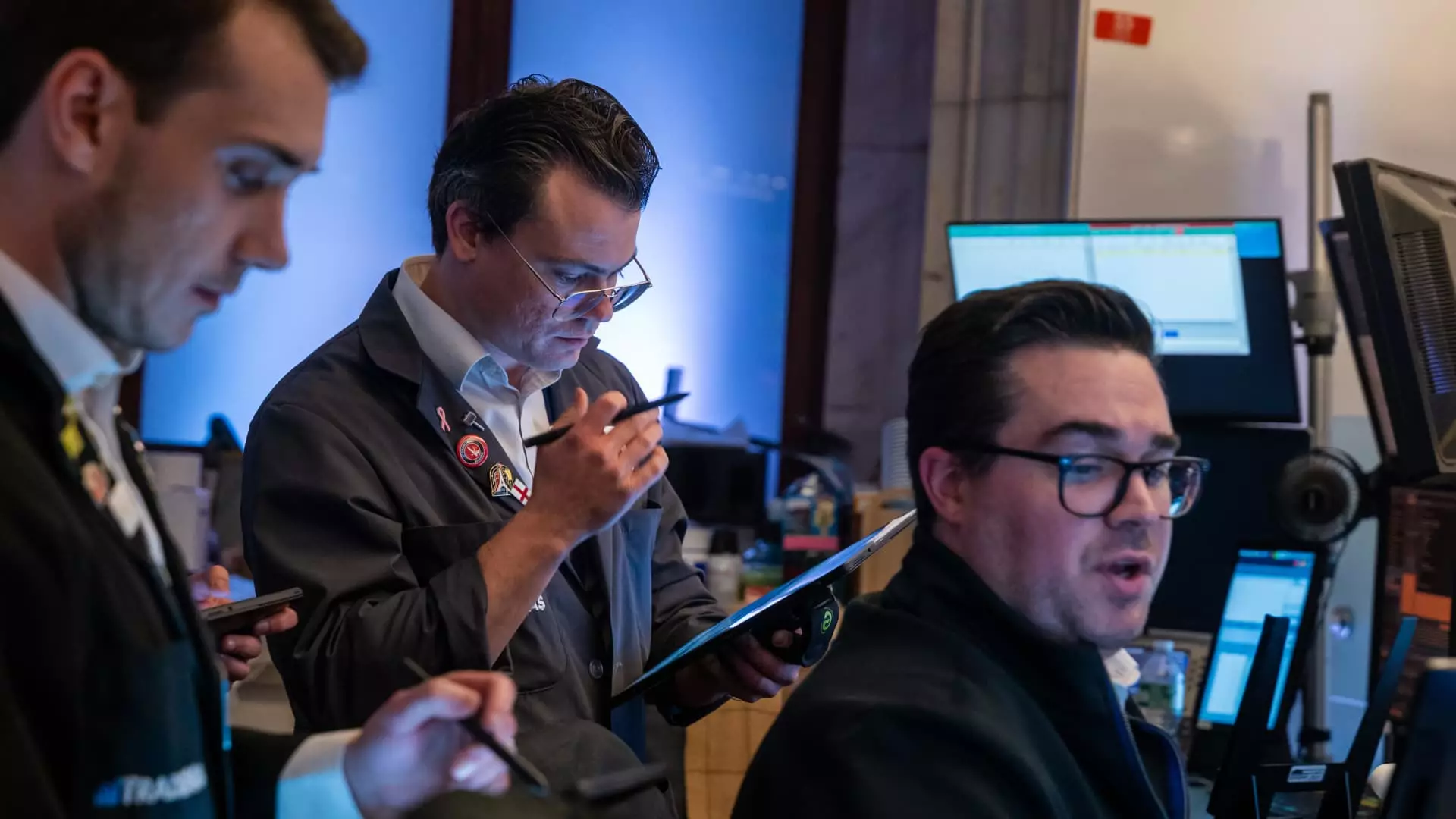Recent insights from Charles Schwab’s quarterly client survey reveal a paradoxical confidence among traders, even as the stock market reaches lofty valuations. The survey, which gathered feedback from 1,040 active traders, indicates that a remarkable 51% of respondents consider themselves bullish about the market’s future, versus 34% who lean bearish. This sentiment marks a notable increase in confidence, especially among younger traders under 40, where bullish sentiment surged to 59%, a significant jump from 47% in the previous quarter.
Despite the overarching optimism, a striking two-thirds of traders express concerns regarding the market’s current overvaluation. This dichotomy raises intriguing questions about trader psychology and market dynamics. James Kostulias, who leads trading services at Charles Schwab, articulates this complex sentiment by noting that while many perceive a frothy market, they still harbor hopes for continued upward momentum.
The ongoing bullish sentiment translates into actionable strategies, with over half of the traders indicating plans to increase their stock investments in the first quarter. This proactive approach suggests a fundamental belief that the current market environment, despite its apparent risks, still offers fertile ground for returns. With the S&P 500 experiencing a more tempered increase of just 1.3% year-to-date, and the Nasdaq Composite slipping into negative territory, traders are demonstrating a willingness to gamble on sectors they deem favorable.
The survey highlights optimism particularly in sectors such as energy, technology, finance, and utilities. Traders are banking on the benefits that these sectors could reap from policies that favor deregulation, signaling a specific alignment of investment strategies with political developments.
Interestingly, the survey reflects a shift in the perception of economic health among traders. The proportion of traders anticipating a recession has significantly decreased, plunging from 54% to only one-third who consider it “somewhat likely.” This represents a substantial shift in sentiment that could reshape trading strategies and decision-making moving forward. Additionally, the majority do not foresee a resurgence in inflation, with two-thirds believing that price pressures are more likely to stabilize than accelerate.
The decline in recession fears while maintaining an optimistic outlook aligns with the perception of a robust economic recovery trajectory. This change could bolster investor confidence and catalyze further investment flows into the stock market, potentially nurturing the ongoing bull run, albeit with caution regarding valuations.
As traders become increasingly bullish, it becomes critical to navigate the complexities of the market landscape with a discerning eye. While the confidence displayed by traders is noteworthy, it is equally essential to acknowledge the potential risks associated with overvaluation and changing economic conditions. The current market scenario underscores a significant moment for both traders and investors, balancing optimism with a vigilant assessment of market realities.
While the bullish sentiment bears promise, it prompts an essential conversation about market sustainability and the inherent risks of exuberance amid cautionary indicators. As the landscape evolves, traders must remain flexible, ready to adapt their strategies in response to unfolding economic signals and market conditions.

